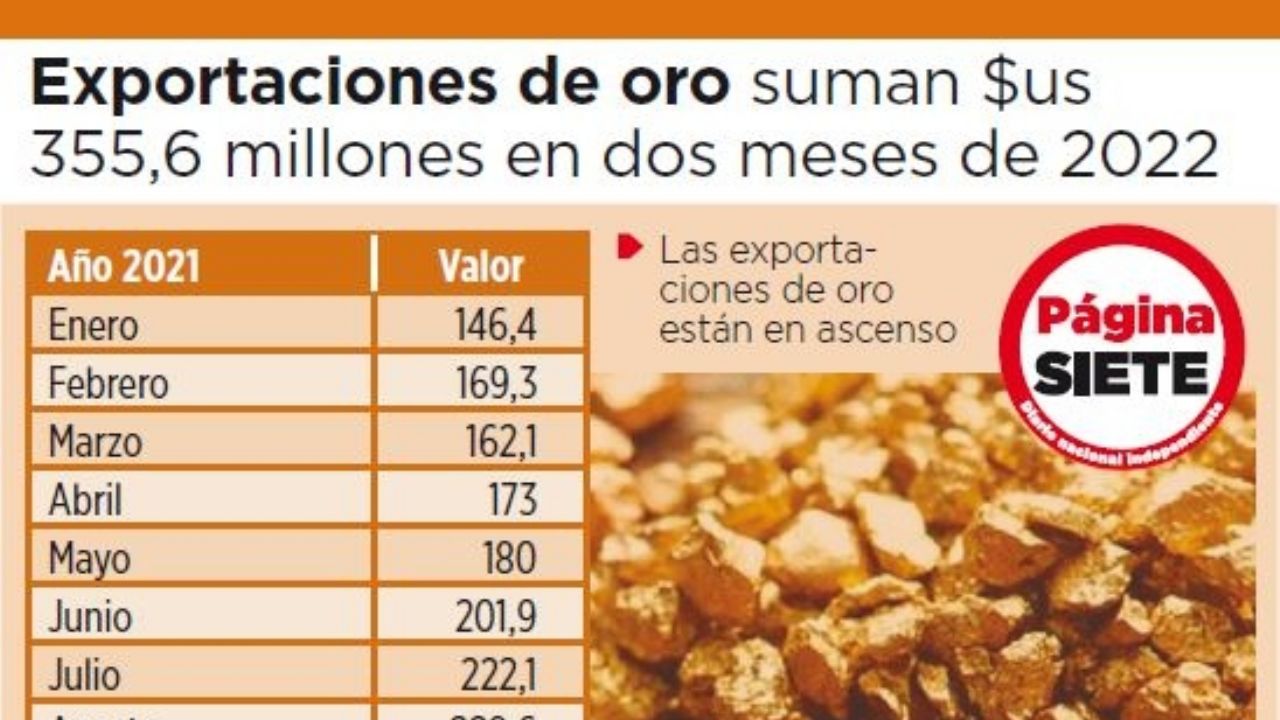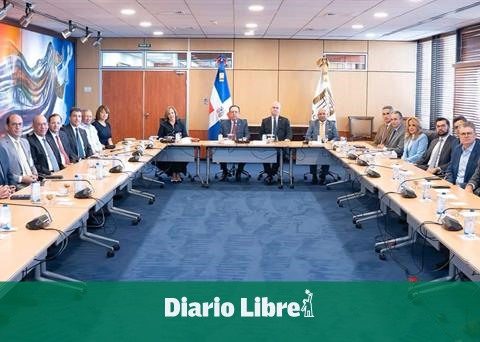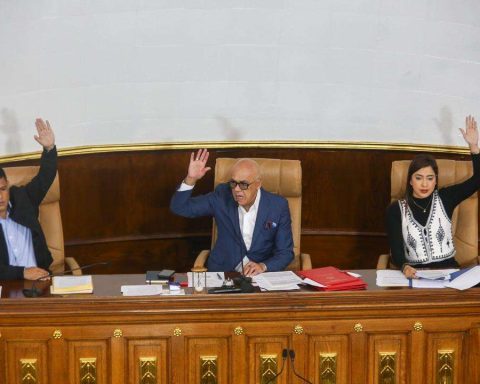Marco Belmonte / La Paz
Bolivia fails to comply with international and national agreements or standards by not regulating the use of mercury in gold mining and is also the second largest importer of this substance worldwide, warned researcher Óscar Campanini, from the Center for Documentation and Information (Cedib).
This element is used in the gold activity that in the country is mainly controlled by cooperatives.
The Minamata Convention was signed by Bolivia in 2013 together with 140 other countries, as it is a global problem that causes damage to the health of living systems and consequently to the human being.
It has two objectives: to reduce emissions or releases of mercury into the environment and atmosphere; and gradually reduce the use and disposal of products containing this metal.
Campanini explained that this agreement is binding, but does not yet have instruments in its constitution to enforce its recommendations effectively or coercively.
“But Bolivia not only violates the agreement, but also its own legislation, since the Environmental Law establishes that gold mining must be carried out using instruments that recover mercury,” he specified.
However, the Ministry of Environment and Water itself has shown that only 10% of the gold is extracted with these mechanisms, 90% does not comply with the regulations. The Mining Law and the environmental regulations for mining activities only allow the use of the chemical when adequate processes are carried out to prevent its release into the environment.
Campanini argued that the State as a whole assumed responsibility for progressively reducing and eliminating the amount of mercury that is used, marketed and emitted.
“The Ministry of Environment and Water is responsible for carrying out controls and coordinating with the Ministry of Mining,” he said.
He added that in the operational part, the first control should be the Customs in the entry of mercury; the second control, in the transport, storage and commercialization must intervene the Ministry of the Environment in coordination with the governorates.
“Unfortunately, these entities do not comply with their work and an example is the increase in mercury imports and emissions,” the researcher remarked.
Between 2015 and 2021, Bolivia imported 1,285.3 tons of mercury and in 2021 Russia was the main supplier country. Data from the National Institute of Statistics (INE) and prepared by the Bolivian Institute of Foreign Trade (IBCE) reveal that in seven years the imported value was 44.1 million dollars.
gold exports
Gold exports last year reached a value of 2,553 million dollars.
But in the first two months of the year, sales reached 355.6 million dollars, according to data from the National Institute of Statistics (INE).
















